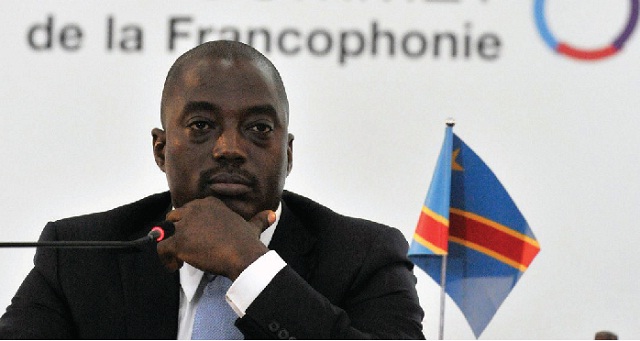
Tshikapa, DR Congo | AFP | Of the many headaches facing the UN mission in DR Congo as its mandate comes up for renewal, few are greater than the ethnic bloodshed and brewing humanitarian crisis in the Kasai region.
The sprawling diamond-rich region exploded into violence in September 2016 after soldiers killed a local traditional leader known as the Kamwina Nsapu.
Fighting has left more than 3,000 people dead and displaced 1.4 million others, according to the Roman Catholic church.
Hunger stalks the region as a result of harvests that have been missed or destroyed. According to the UN Children’s Fund, Unicef, 400,000 severely malnourished children are in danger of dying.
Reports of killings, arbitrary arrests and kidnapping with ransom demands are common, with the finger of blame pointing at government troops and militias that often are organised along ethnic lines.
“About 14 militia groups are active” in Kasai, according to a Western expert.
The governor of Kasai Province, Marc Manyanga, told AFP that the militias mostly emerged as self-defence groups to protect villages against Kamwina Nsapu fighters — drawn mainly from the Luba tribe — “before the arrival of the security forces.”
– Ethnic violence –
But a teacher using the pseudonym Maxime Salaka said that after the security forces deployed, “the conflict did not end but took on an ethnic dimension.”
One militia is the Bana Mura, formed by members of the Tshokwe ethnic group. Another is the Ecurie Mbembe (Mbembe Stable) militia, created by the Pende community.
Both of these groups, which are farmers, are pitted against the Luba community, which controls the diamond mining process, said Salaka.
“The Tshokwe and Pende are trying to take over the mines”, the Western expert agreed.
International rights activists last year said the Bana Mura was being supported by the government, and local campaigners say the authorities are also supporting the Ecurie Mbeme.
Insecurity is also a serious problem in and around Kananga, chief town of Central Kasai — one of the provinces that make up Greater Kasai under an administrative restructuring in 2015.
Authorities there suspect Kamwina Nsapu fighters of reorganising ranks around a new self-proclaimed chief known only as Nsabanga, already blamed for several attacks.
At the city’s Saints-Martyrs clinic, visited by an AFP reporter last week, healthworkers said that eight out of 10 children they had measured had several acute malnutrition — a state that increases the risk of premature death ninefold.
The Catholic clergy have loudly denounced the violence in Kasai, mainly blaming troops for cases of brutality.
General Marcellin Assoumani, commander of military operations in the Kasai sector, has rejected the charges, praising his men for “having neutralised the Kamwina Nsapu militia and restored the authority of the state”.
 The Independent Uganda: You get the Truth we Pay the Price
The Independent Uganda: You get the Truth we Pay the Price



